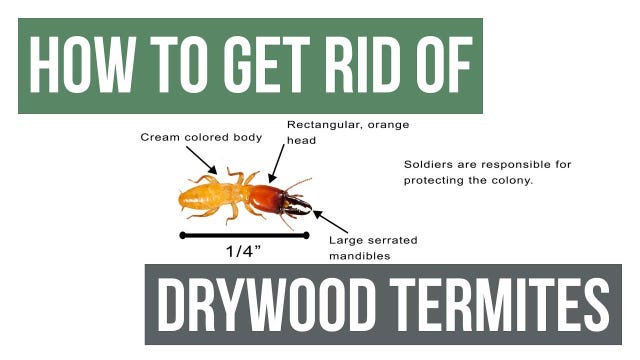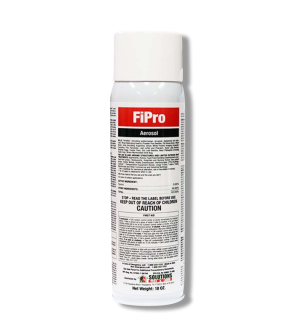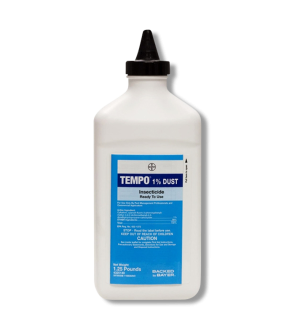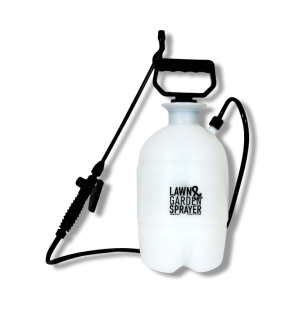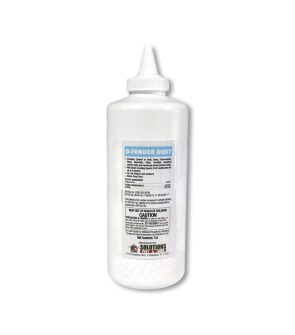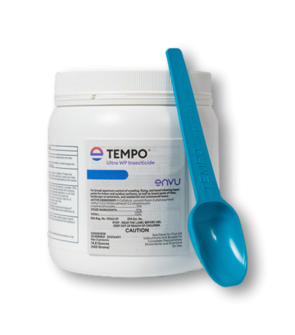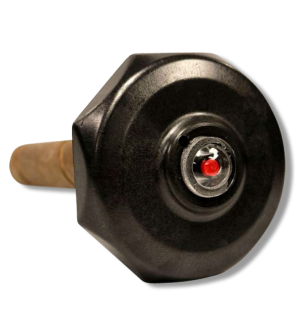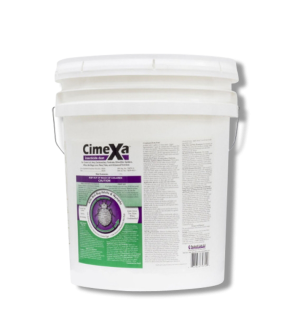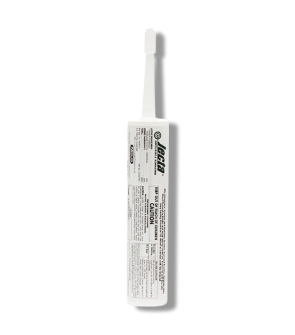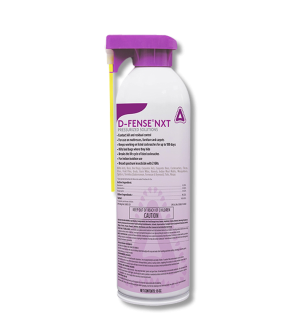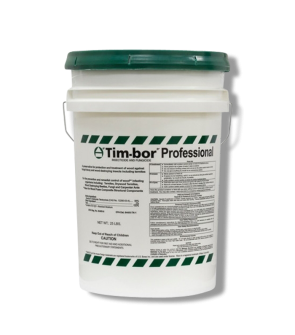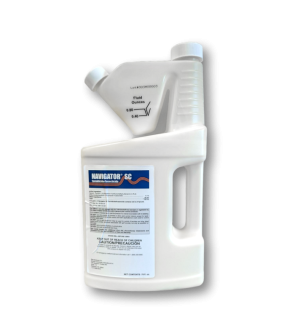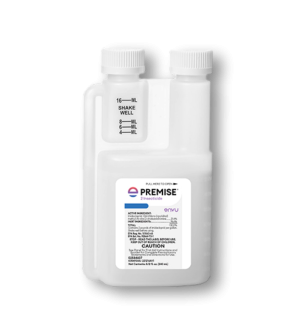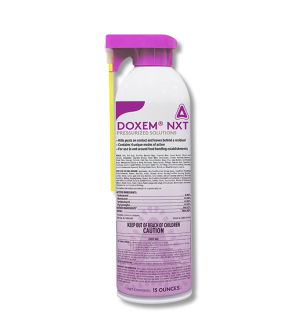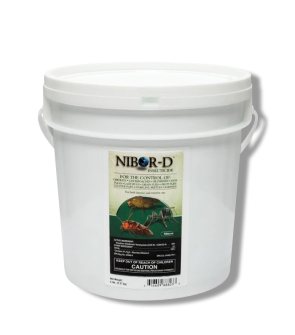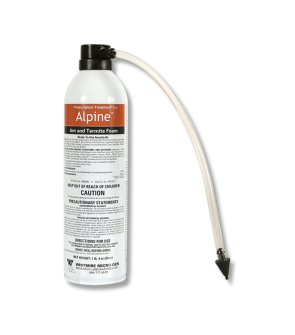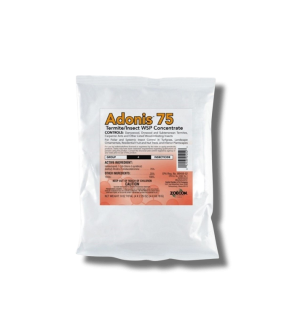Gain access to personalized product screening, the best pricing, rewards, and more!
Most Effective Products
Drywood Termite Control: How To Get Rid of Drywood Termites
Drywood termites are a lesser-known species of termite, accounting for only 10% of termite problems and wood destruction in homes in the United States. While they may be a smaller issue percentage-wise compared to the destruction inflicted by subterranean termites, drywood termites are still a large threat to a home.
Drywood Termites are primarily found in the southern coastal areas. They are saturated in a strip along the southern border of the United States, ranging from California to Florida. They are especially plentiful in states like California, Florida, Louisiana, and Texas.
Due to their tendency to build nests in wood rather than underground, like subterranean termites, drywood termites create elaborate tunnels and chambers inside wood. They connect these tunnels and passageways by digging small tunnels to travel. These tunnels and passageways are well-maintained and cleaned as drywood termites push wood pellets out from their galleries, such as frass.
Drywood termites have different behaviors and tendencies compared to subterranean termites, and therefore, they need a different treatment approach to eliminate them from your home. Our DIY treatment guide below will show you exactly what you need to do to kill drywood termite infestations in your home and end the destruction.
Identification

Before you can carry out a treatment program, you must first identify what flying termites, like drywood termites, look like to be sure that it is the pest you are dealing with. Misidentification will lead to wasted efforts using the wrong pesticides, not to mention wasted time and money.
- Drywood termites differ from other termites because they are known to invade pieces of furniture, wood flooring, home frames, and any other area with dried wood, which is why they are named "dry wood termites."
- Drywood Termites colonize within the wood and have various members--swarmers, reproductives, soldiers, and workers.
- The drywood termite swarmers (or alates) are winged. Once mature, they leave the original colony and are responsible for producing new colonies.
- The body is reddish-brown, and the termites are approximately half an inch long and have two pairs of wings equal in length. If you see this stage of termites inside or outside your home, it should be cause for concern since it indicates that your home is possibly infested.
- Next are the reproductives, known as the king and queen, who stay within the colony for the full span of their lives. The kings can reach over half an inch long, and the queens will be even longer because of their large egg-producing bellies.
- Soldier termites are approximately one-quarter inch long, their bodies are cream-colored, and their head is rectangular shaped and orange-colored. They have large mandibles with serrated edges and are used to protect the colony from intruders.
- Finally, you have the workers, which are cream-colored and about 3/16 of an inch long. The workers are responsible for damaging the structure by eating the wood to collect cellulose. The majority of termites consist of worker termites.
If you are having trouble with identification, contact our pest control experts to assist you in correctly identifying the termite you are dealing with. We will also offer you our top recommendations for control of your pest problem.
Inspection

After you have confirmed that drywood termites are on your property, you can proceed with an inspection. During this phase, you will need to figure out where drywood termites are infesting, how severe of an infestation there is, and scan for signs of drywood termite activity.
Where To Inspect
Drywood termites are usually found in the attic or the eaves around the house's exterior. Although swarms indicate that you have an infestation, drywood termites may be difficult to find.
When conducting inspections, be sure to equip yourself with a flashlight to check dark areas like basements or attics. You should also use a screwdriver or sharp-ended object to probe termite galleries. Pay close attention to all wood construction, support posts, ceiling joists, or areas where soil meets wood.
What To Look For
The signs to look out for are frass, wings, and feces. Frass looks similar to sawdust and is left behind by termites while digging through and consuming wood. It can also appear in the form of a small wooden pellet, which is actually their feces.
Swarmer wings found in your home indicate the swarmer termites are active in mating and creating a new colony within the home. Finding wings is a tell-tale sign that you have a heavy infestation.
Treatment
Drywood termite infestations are not as large as subterranean termite infestations, so controlling drywood termites will not require as much effort as controlling subterranean termites. Before handling any chemicals, ensure you have the proper personal protective equipment for safety.
We recommend two effective ways to get rid of drywood termites. One is via borate wood treatment using a product called Tim-Bor Professional Insecticide. The other is to drill and fill infested wood areas to eliminate drywood termite invaders with Fipro Foaming Aerosol.
Step 1: Wood Treatment With Tim-Bor Professional Insecticide
If the colony has been identified in a specific area within the structure, you want to replace the damaged wood and treat it with a Disodium Octaborate Tetrahydrate product such as Tim-Bor Professional Insecticide. Tim-Bor Professional Insecticide is applied to bare wood and should be mixed in a bucket with warm water.
To determine how much Tim-Bor Professional Insecticide you need, you must determine the size of the treatment area. Measure the linear feet of all exterior walls, interior walls, and areas you wish to treat. Most commonly, homes use 2 by 4, 2 by 6, or 2 by 8 studs on their walls.
Applying 5 gallons of liquid solution per 1,000 sq. ft. of wood surface area using a handheld pump sprayer. Thoroughly wet wood surface area.
Tim-Bor Professional Insecticide can be painted onto the wood, sprayed on, or foamed into wall voids. Choose the treatment method that best suits your preference. For more effective results, apply two coats of Tim-Bor Professional Insecticide to each piece of infested wood.
This product will treat the wood surface and kill the termites as they feed. If you have access underneath your house, you can spray all the exposed wood there as well.
Step 2: Drill and Fill Treatment Using FiPro Aerosol
Apply Fipro Aerosol Foam into any exposed termite galleries, voids, cracks, and crevices around windows, doors, and fireplaces. Fipro Aerosol is a foam that travels very easily through termite galleries, providing good deep penetration.
For infested wood, attach your drillbit and drill holes into the wood where the nest is located.
Holes should be drilled 8 to 10 inches apart around the entire piece of wood. Then, fill the holes with Fipro Aerosol foam.
Close up the holes in the wood using a wood patch or other type of wood sealant material with a paintbrush or other spreading tool.
Prevention
After successfully eliminating drywood termites from your property, you will want to ensure these pests do not return. Listed below are some preventative measures we suggest following to keep drywood termites away.
- To prevent drywood termites from accessing your home, you can use Tim-Bor Professional Insecticide and spray it in the attic on all exposed wood, the exterior underneath the house, and the floor joists.
- Keep an eye out for further signs of termite activity and conditions that could create a favorable environment for them. For continual control, spray FiPro Aerosol in voids, cracks, and crevices every three months.
- Monitoring your property for signs of other termites, such as subterranean termites, is also a good idea. Red Eye termite monitoring stations are used for this. Place multiple Red Eye Stations around the home to monitor for termite activity. When there is termite activity, the Red Eye indicator will let you know by disappearing, and then you can treat termites accordingly by injecting Fipro aerosol into the station.
- Other preventative measures include reducing moisture around the house and checking the Red Eye once a month.
Key Takeaways
What are Drywood Termites?
- Drywood termites are a species of termite known to infest wooden structures and items.
- Unlike subterranean termites, drywood termites like to reside, feed, and build nests in fresh wood and do not depend on moisture or soil for survival.
How To Get Rid of Drywood Termites
- Our top recommendations for drywood termite control are treating infested wood with Tim-Bor Professional Insecticide and drilling and filling the wood with Fipro Foaming Aerosol.
How To Prevent Drywood Termites
- Prevent future termite infestations by using the Red Eye Termite Monitoring Station. It will alert you to termite activity so you can take action with a Fipro Aerosol injection.






